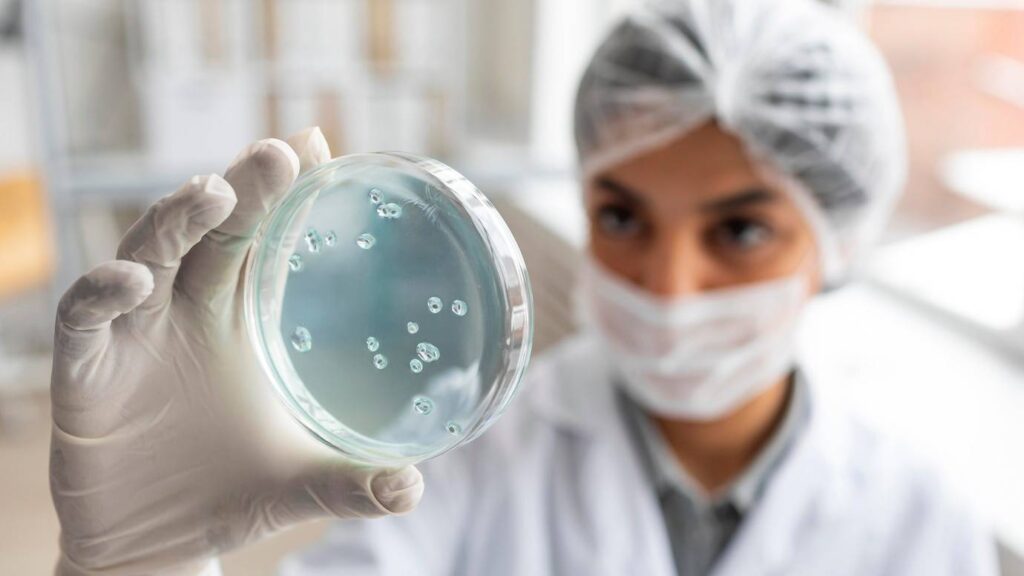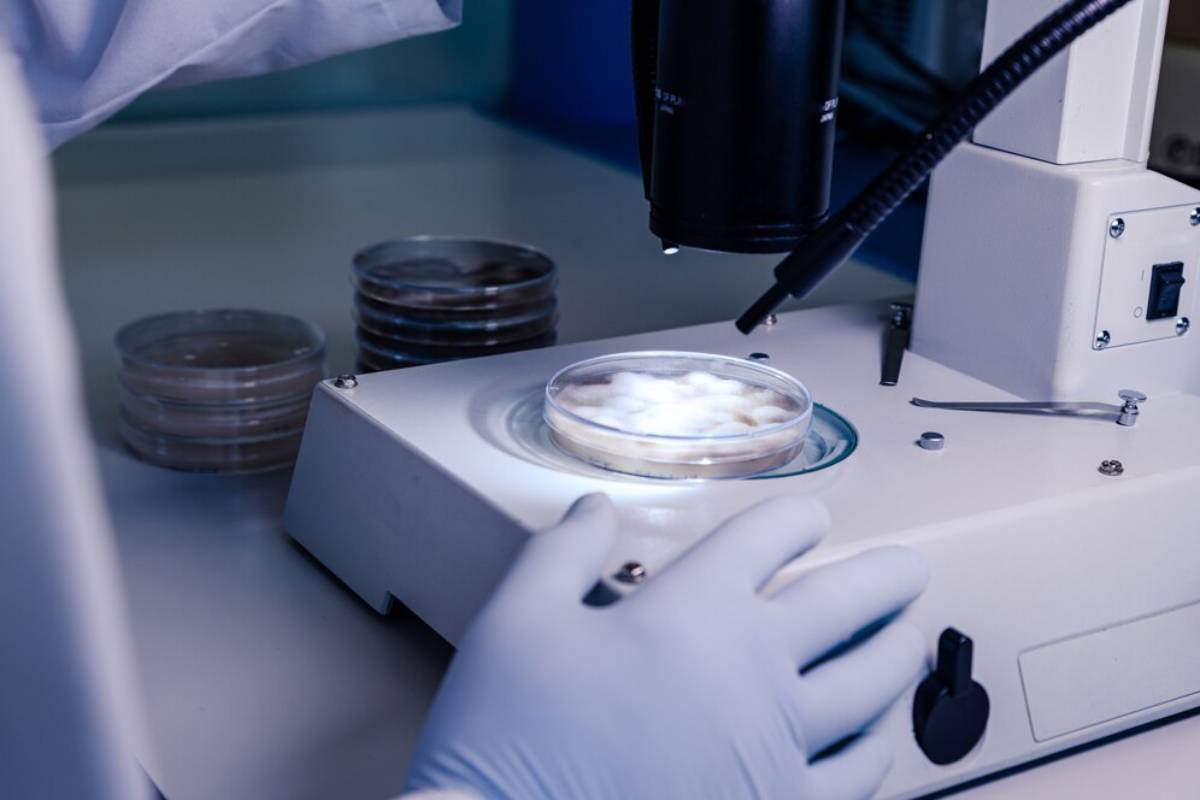The Science Blog

Stem Cell Banking: The Future of Personalised Healthcare
In the changing world of medicine, stem cell banking shines as a symbol of hope and innovation. As we look into this evolving field, we should see how it significantly impacts personalised healthcare. Stem cell banking is collection and storage of stem cells for later use. It marks a big step in regenerative therapy and personalised medicine. This blog will look into stem cell banking. We’ll discuss its benefits and how it could change healthcare.
Stem cell banking is not just a future idea. It’s a real option today with many possibilities. Stem cells have many uses. They can help treat degenerative diseases and support organ regeneration. Many misconceptions exist in this field. Some believe that stem cell banking is just for the rich. Others think it’s an unproven science. This blog will clear up these misconceptions and explain why stem cell banking is vital in today’s medicine.
Key Benefits

Transformative Potential of Regenerative Therapy
Regenerative therapy, including stem cell use, is at the forefront of medical innovation. Stem cells can turn into various cell types, which makes them crucial for fixing damaged tissues and organs. This ability is also very important for treating conditions with few options, including Parkinson’s disease, spinal cord injuries, and some cancers.
Stem cell banking offers a personalised way to approach treatment. Storing a person’s stem cells allows treatments that fit their unique genes. This makes the therapy more effective and lowers the chance of side effects. This personalised approach is key to future medicine. Treatments will not be one-size-fits-all. Instead, they will be tailored to each patient’s unique needs.
Stem cells are not only important for therapy but also crucial for medical research. They give researchers a strong tool to study how diseases progress. They can also test how well drugs work and create new treatments in a controlled lab setting.
Real-Life Applications and Data-Backed Insights
Several real-life applications underscore the importance of stem cell banking. Haematopoietic stem cell transplantation effectively treats leukaemia and lymphoma. New developments in induced pluripotent stem cells (iPSCs) now allow us to create cell lines specific to each patient, which is useful for research and therapy.
Clinical trials and ongoing research show that stem cell therapies are effective. A study in Nature found that stem cell treatments can help rebuild heart tissue after a heart attack. Stem cell banking can help solve urgent medical problems today.
Umbilical cord blood banking is now popular with new parents. It provides a valuable source of stem cells, which can help treat more than 80 medical conditions. The FDA has approved therapies that use cord blood. These treatments help with sickle cell anaemia and some immunodeficiencies.
Additional Expert Tips & Common Mistakes to Avoid
Best Practices Beyond the Basics
Choosing a reputable and accredited facility is crucial when considering stem cell banking. The quality of preserved stem cells affects how they can be used later, so it’s critical to follow strict banking standards. Look for facilities accredited by AABB (Association for the Advancement of Blood & Biotherapies) or FACT (Foundation for the Accreditation of Cellular Therapy).
Following the latest stem cell research can offer helpful insights into new treatments and their uses. Subscribing to scientific journals or joining patient advocacy groups helps people stay informed, enabling them to make better decisions.
Consult your primary care doctor or a specialist in regenerative medicine about stem cell banking. They can give personalised advice based on your medical history and health outlook.
Common Mistakes and Misconceptions
One common misconception is that stem cell banking is prohibitively expensive. Many facilities have costs, but they offer flexible payment plans and financing, making it easier for more people to access their services. Some employers and insurance companies see the value of stem cell preservation. They now offer coverage or reimbursement options.
Another mistake is assuming that all stem cells are the same. It is important to understand how embryonic stem cells, adult stem cells, and iPSCs differ. Each type has unique properties and potential uses. Embryonic stem cells can become many types of cells, but their use is limited by ethical issues. Adult stem cells and iPSCs are widely accepted for clinical and research use.
Finally, neglecting to store stem cells at the right time can be a critical oversight. The best time to collect stem cells, like those from umbilical cord blood, is right after birth. Planning and understanding these timelines is essential.
Advanced Insights
Unique Industry Perspectives
Personalised medicine’s future depends on advancements in stem cell research. Technology keeps advancing. Now, artificial intelligence and machine learning are joining stem cell research. This will help us better understand cell behaviour and make regenerative therapies more precise.
Biotech firms and research groups are investing in biobanking platforms. These platforms mix genetic data with stem cell samples. This approach helps researchers predict treatment outcomes. They can also tailor therapies like never before.
The pharmaceutical industry is also investigating how stem cell models can speed up drug discovery. This approach may help lessen the need for animal testing. These models enable quick screening of compounds, which speeds up drug development and makes it more ethical.
Lesser-Known Insights
One lesser-known insight is the potential of stem cells in anti-ageing therapies. Researchers are looking into how stem cells can help rejuvenate ageing tissues. This work aims to extend a healthy lifespan. This field is still new, but it shows promise. It could help tackle age-related diseases and enhance quality of life.
Another emerging application is organ regeneration and tissue engineering. Scientists are bioengineering organs with stem cells, which could one day eliminate the need for organ donors. 3D bioprinting and scaffold design are still in the experimental stage, but they are bringing this vision to life.
In veterinary medicine, researchers are looking into stem cell therapies. These treatments aim to help pets and livestock with various conditions. This application allows animals and offers valuable insights for human medicine.
Conclusion: The Future of Personalised Healthcare

In conclusion, stem cell banking is a key step for the future of personalised healthcare. Its ability to offer personalised treatments and change regenerative therapy is key in today’s medicine. As we explore stem cells, people need to consider banking their cells for future use.
If you’re interested in this option, talk to healthcare professionals—also, research accredited stem cell banking facilities. Act now to help make personalised medicine a reality in the future.
Dr. Shinya Yamanaka, a well-known scientist, said, “The future of medicine is using stem cells.” Are you ready to embrace personalised healthcare? Join us in this medical revolution!









